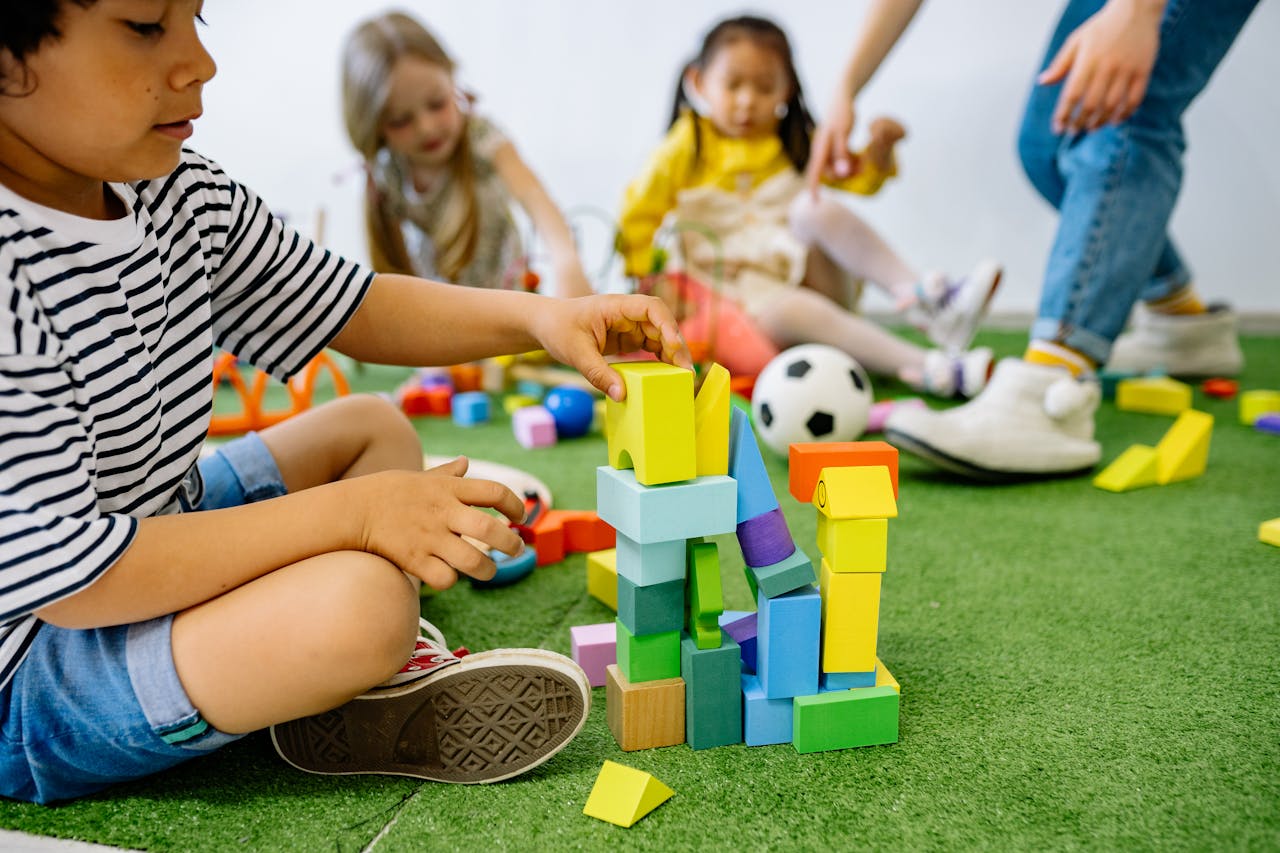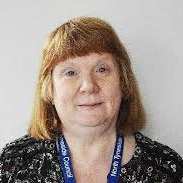Nurturing Possibility Thinking, Block by Block

Discussions around curriculum design and enactment in 2025 are dominated by knowledge acquisition. Educators rightly want to ensure that both teaching programmes and pedagogical approaches support schemata development so that children learn and remember more.
This is the case in all key stages, including the early years foundation stage. The statutory framework makes explicit what children will need to know about and what they will need to know how to do before they encounter the national curriculum at the beginning of year one.
So great is the level of detail in the educational programmes that it is easy for the characteristics of effective learning, also a statutory requirement, to be eclipsed.
It is tempting, too, for practitioners to assume that an orderly learning environment, engaging activities and positive relationships will guarantee the development of these key learning behaviours and mindsets. This is not enough. Educators must plan experiences with the three characteristics of effective learning in mind, making time and space for exploration, recognising and supporting self-chosen lines of enquiry and nurturing original ideas and strategies.
Some block builders are primarily motivated by aesthetics, exploring shape, tessellation, linear patterns, symmetry and asymmetry. They delight in placing components to please the eye. These builders are our architects and artists.
Other builders are enthralled by the concepts of rigidity and fragility, of stability and instability, spanning gaps in structures with careful hands and adding blocks to already-wobbly towers with bated breath. They are as concerned with function as they are with form and delight in testing and modifying their structures. These builders are our inventors and engineers. Yet others have a preference for symbolic play. A simple four block frame becomes a television screen or a fish tank, linear arrangements of blocks are motorways, a single cuboid can be a block of flats, a double-decker bus, a space shuttle, a mobile phone, or the gate that keeps the fierce dinosaur firmly in its enclosure in Jurassic Park.
In symbolic block play the structures may be relatively simple but the narratives woven in and around them are anything but. These builders are our storytellers and playwrights. Of course, while young builders may have preferences, they are able to move in and out of these thinking modes with all the ease and effervescence of early childhood.

Jerome Bruner’s essence of creativity "... figuring out what you already know in order to go beyond what you already think" [ii] is alive and well in block play.
Committing to Creativity
What can practitioners do to exploit this potential, to help our young creative and critical thinkers think harder and better? The key factors which secure high quality block play thinking are
- back and forth conversations with educators
- resource collections which intrigue and challenge over time
It is at the intersection of these experiences that creative and critical thinking grows.
Thinking Out Loud
There is ample evidence that high quality verbal interactions between educators and learners are the most powerful tool in the development of language structures, of vocabulary and of wider communication skills. The best schools and settings invest in training to develop practitioners who understand the value of attunement, of respectful listening, of commenting, of narrating and of well-judged questioning. Educators who particularly want to strengthen creative and critical thinking should shape comments and questions around possibilities and processes. Verbal interactions - both comments and questions - should encourage block builders to:

- Analyse - it's wobbly because it's so high…, I think that steeper slope will definitely make the ball go further too…, the car should just fit underneath your arch…, perhaps this block could work better because…, these blocks are a good shape for…, what you need is a block that will…, tell me what you are thinking...
- Evaluate - I like what you have built because…, I think the best part is…, I wonder why it fell down…, perhaps you could make it even better by…, that worked really well because…, check your pattern to see if you want to make changes…, next time you could..., tell me what you are thinking...
- Create - I like that idea…, why not try this out…, have a go and see what happens…, that reminds me of…, that might work…, you could change..., tell me about your plan…, you could add…, try taking away…, it could be like a…, what about..., tell me what you are thinking…
In this way talking and thinking become mutually supportive and develop simultaneously. As Vygotsky reminds us “Thought is not merely expressed in words, it comes into existence through them.” [iii]
Intriguing and Enticing Collections
Because block areas are permanent fixtures in most early years classrooms, educators need to collect supplementary resources which will keep the building process fresh and exciting over time. A generous selection of wooden blocks on a range of scales will, of course, be the core resource. Educators should also consider:
- The Light Fantastic - enhancing block play with translucent, transparent and reflective blocks, building on mirrors and light panels, experimenting with sunshine and torch beams to explore the interplay of light with shape and structure.
- Irregular Inspiration - including irregular and natural components such as pebbles, little logs and driftwood to challenge builders in the stacking and aligning process, to deepen knowledge of shapes and textures and to foster appreciation of idiosyncratic forms.
- 3D Meets 2D - encouraging learners to combine building and drawing as they talk and think, developing symbolism in both dimensions, including simple map making and collage.
- World Building - offering a range of collections of figures, vehicles and other small world props to integrate blocks into imaginary places and storylines.
- Loose Parts - introducing clean, sturdy, recycled materials such as spools, tin cans, bottle tops, tubes, bobbins and cardboard packaging to incorporate new shapes and textures and inspire unique structures
Further Reading for Block Builders, Old and Young


Happy block building!
Both educators and learners can be sure that “Whatever good things we build, end up building us.”
Rohn, J. (2016) Facebook Post
References
[i] Alexander, R (2018) "Anna Craft Obituary" Cambridge Primary Review Trust
[ii] Bruner, J.S. (1983) In Search of Mind, Harper and Row
[iii] Vygotsky, L. S. (1962) Thought and Language, Cambridge, MA: MIT Press
Article By
Catherine Worton
School Improvement Officer
Teaching, Learning, Curriculum and Leadership
catherine.worton@northtyneside.gov.uk

